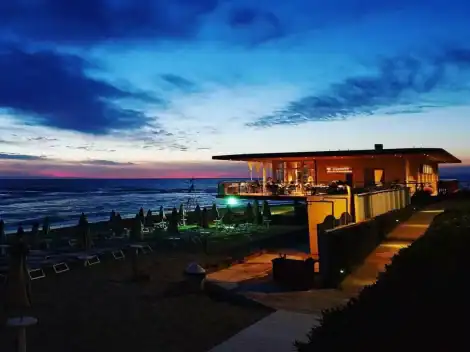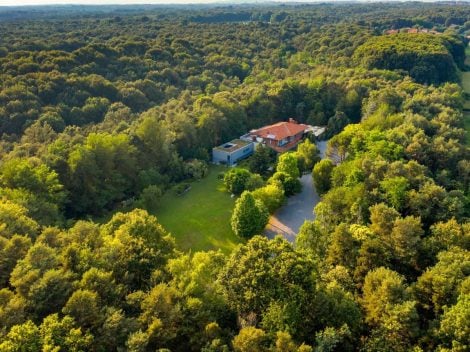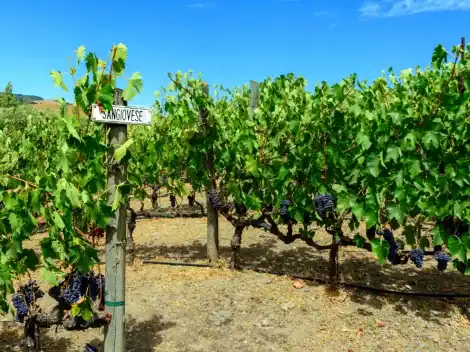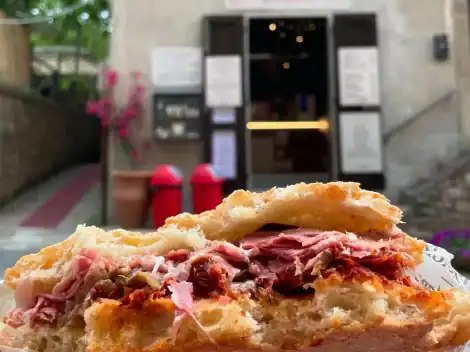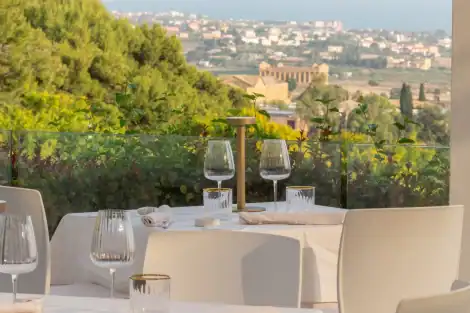Wines of Lazio: between light and shadows
Once again, this year's tastings saw Lazio confirm both its strengths and weaknesses. The overall panorama remains the same: a series of "one man shows" in which wines of great quality emerge regardless of production conditions and territory. We can draw two conclusions from this. The first (negative) is what we've been saying for years: the lack of a system that favors the territory, whether it's through consortiums or not. We don't want to deny or diminish the efforts that many winemakers have been making in terms of forging a common identity, from the Consorzio del Frascati to Cesanese del Piglio or the ORV association (which is working to relaunch the image and quality of Orvieto's wines in a territory that straddles both Lazio and Umbria). But it seems to us that it hasn't yet led to a common identity and a successful, collective, plural image of the region's various territories.
Confirmations and new entries among the Tre Bicchieri
The second observation, which could be viewed in a positive light, as a sign of hope, is that peaks of quality can be reached practically anywhere in Lazio, and with any grape variety: from the Roman countryside, with grechetto and viognier (Tenuta di Fiorano's Fiorano Bianco), to the Pontine islands with biancolella (Antiche Cantine Migliaccio's Biancolella di Ponza), from the beaches of Anzio with bellone (Casale del Giglio's Anthium Bellone) to the gullies of Viterbo, with grechetto (Sergio Mottura's Poggio della Costa), or from the Castelli Romani (Poggio Le Volpi's Baccarossa, Ômina Romana's Ars Magna Viognier and Castel de Paolis's Donna Adriana) to the Tuscia Hills (Cotarella - Falesco's Montiano, San Giovenale's Habemus), all with various native and international grapes. In short, while waiting for the efforts of the various associations and consortia to bear fruit, we can still enjoy the great variety of territories and grapes that constitute Lazio's excellence. This year saw the first Tre Bicchieri for Ômina Romana, the Börner family's Lazio winery (which has carried out rigorous improvements in the Velletri countryside of late), and the return of the same family's Biancolella di Ponza, with a 2021 that we think is the best tasted so far, deservedly earning it a place among Italy's elite wines.

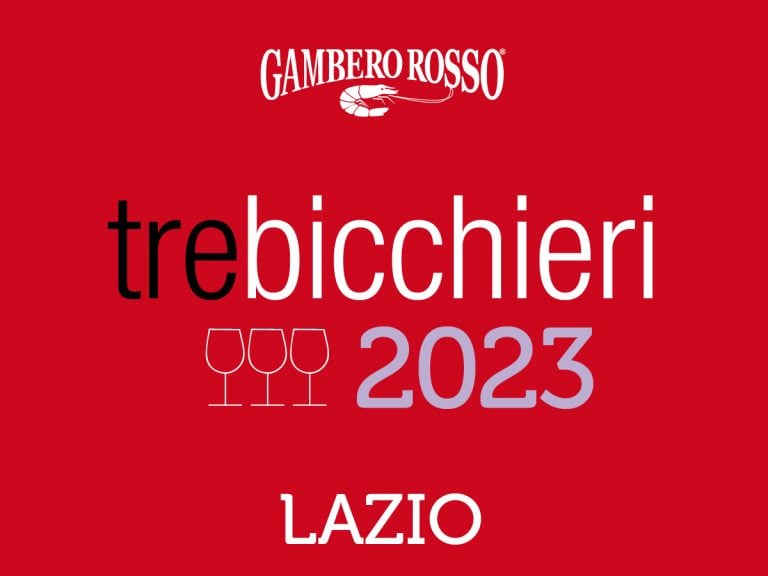
 “In Chianti, warehouses are full and prices are falling”. The economic crisis of Tuscan wine explained by Giovanni Busi
“In Chianti, warehouses are full and prices are falling”. The economic crisis of Tuscan wine explained by Giovanni Busi US tariffs will take effect on 1 August for everyone (including wine). Prosecco DOC: “it’s impossible to plan for the future
US tariffs will take effect on 1 August for everyone (including wine). Prosecco DOC: “it’s impossible to plan for the future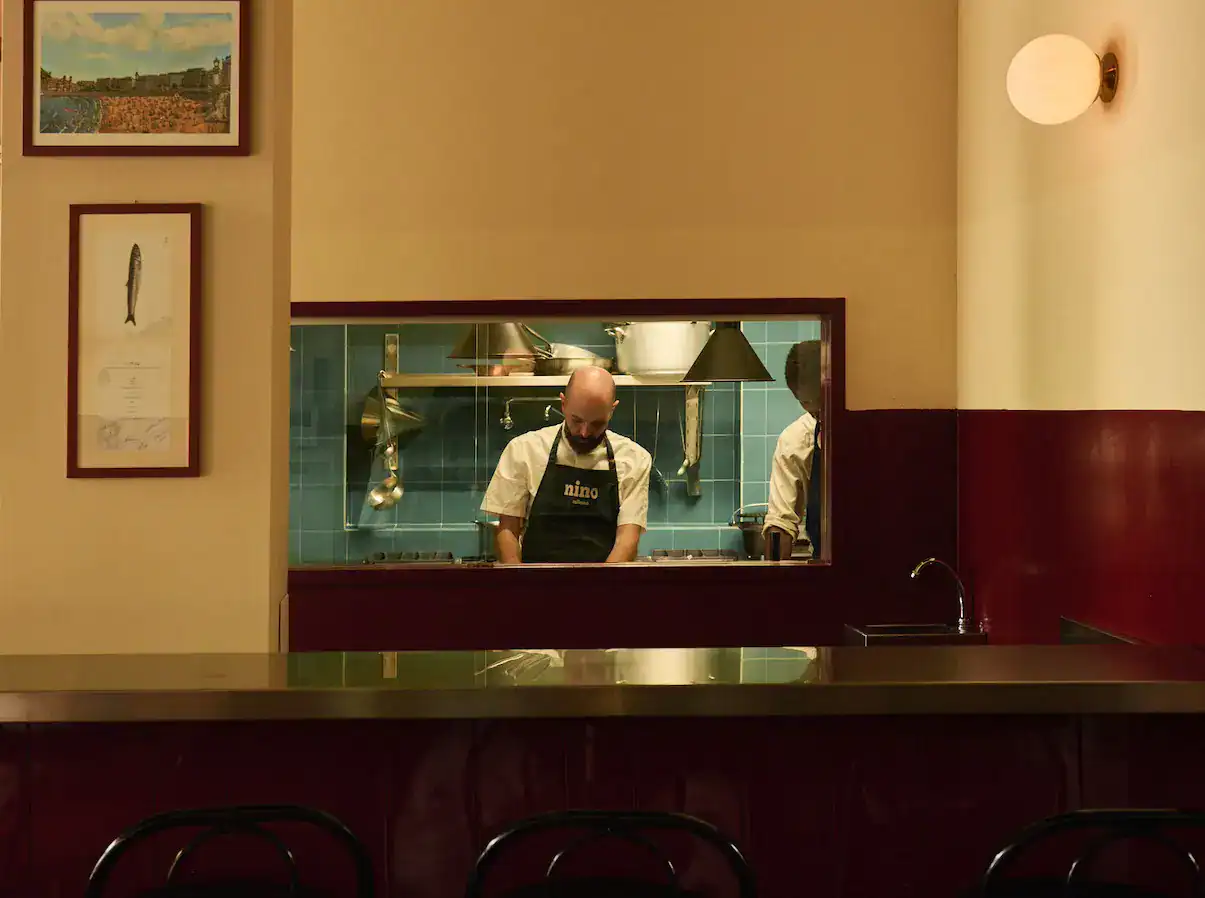 Diego Rossi of Trippa opens a new osteria: what you can eat at Nino Osteria con Cucina in Milan
Diego Rossi of Trippa opens a new osteria: what you can eat at Nino Osteria con Cucina in Milan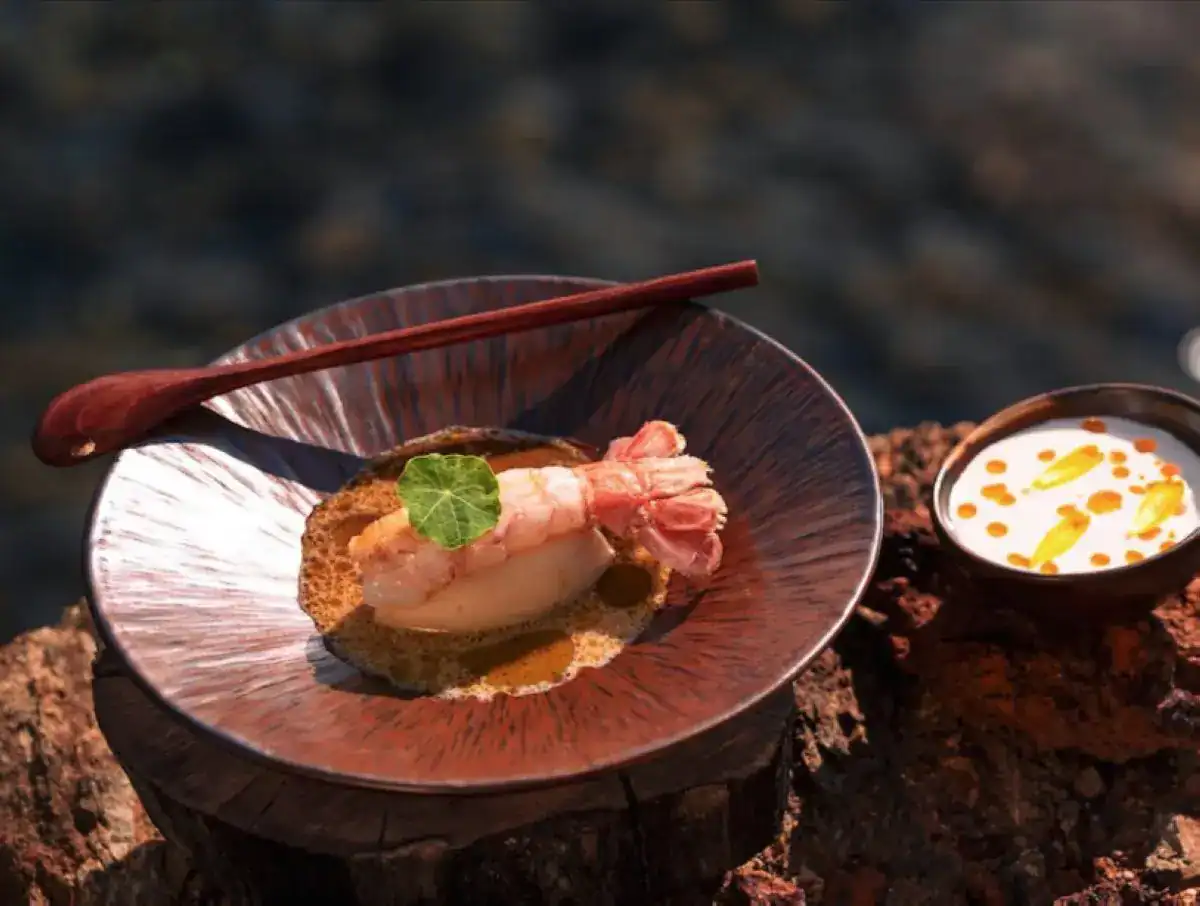 How you eat at Sentiero, the restaurant Elba Island was missing
How you eat at Sentiero, the restaurant Elba Island was missing